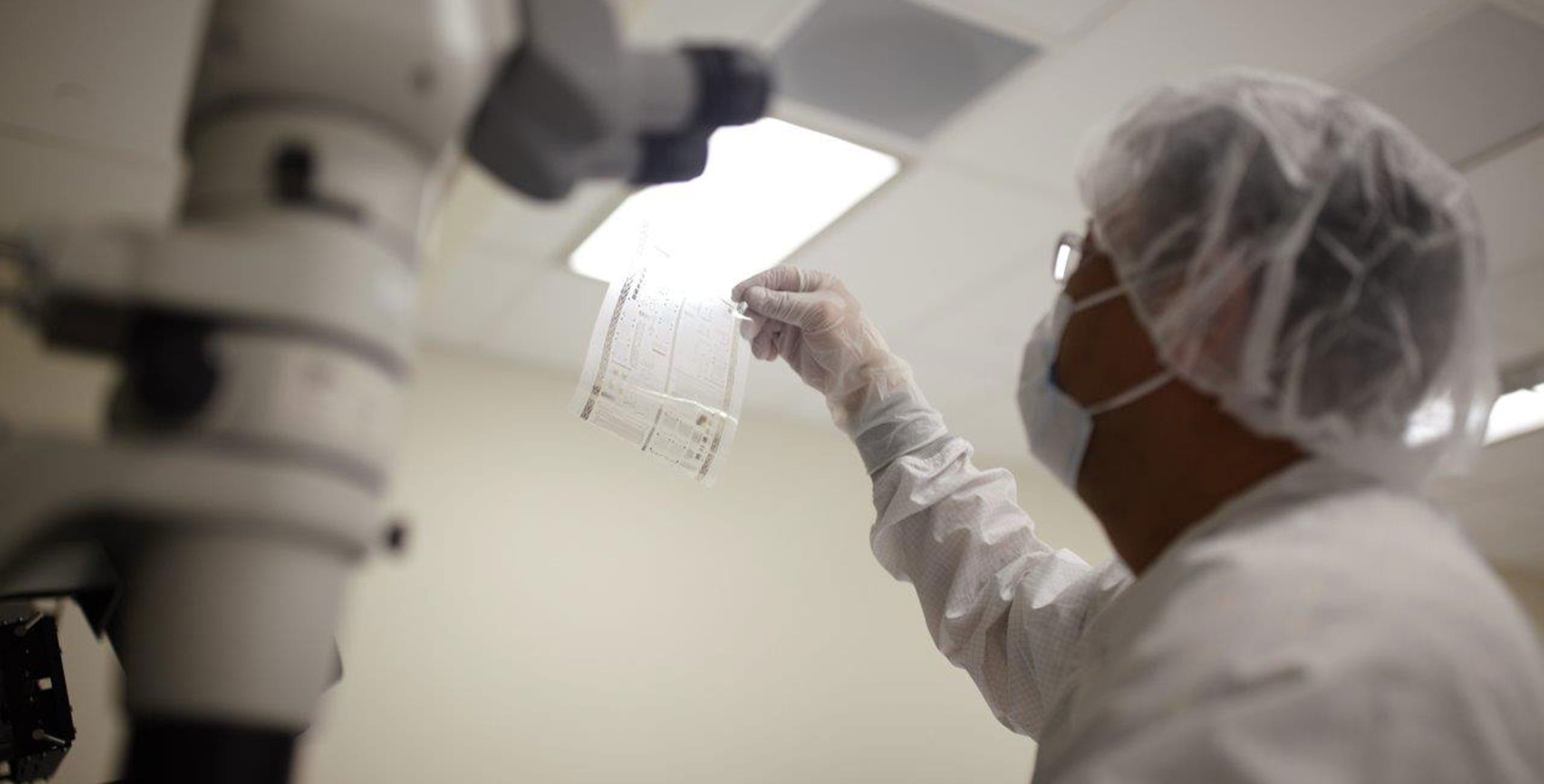
An Interview with Megan Brosnan, Director of Technology Development, Intricon
Question: Megan, tell us about your role at Intricon and the focus of your organization.
Answer: My role as the Director of Technology Development is to help the organization build our technology portfolio by strategically identifying capabilities needed for growth. These capabilities may involve bringing technologies in house, acquiring, or partnering with other companies or organizations.
For more than four decades, Intricon has improved and extended people’s lives by developing and manufacturing sensor-driven micromedical devices.
The company partners with medical device companies, providing unique microelectronic expertise—including microelectronics for wearable biosensors and electromagnetic sensors for surgical navigation – as well as precision miniature molding, regulatory guidance, supply chain optimization, and scalable production.
As we anticipate scaling specific technologies, we look forward to partnering with NextFlex.
Q: Intricon is a newer member of NextFlex. What drew you to the FHE manufacturing community and what are you hoping to accomplish through your membership?
A: Since Intricon is a microelectronic contract development and manufacturing organization for medical devices, we are always reliant on being part of a manufacturing community. Specifically with medical-grade wearables, the form factor is evolving to more of a flexible-rigid hybrid. For Intricon, it is critical we submerse in that community to both learn from others as well as provide our expertise towards solving relevant problems in the FHE space. It is an added bonus to help advance the U.S. manufacturing ecosystem for FHE.
Q: What is a key innovation that will enable widespread adoption of FHE and related technologies, and what application areas are you working in?
I believe a key innovation that will enable widespread adoption will be via new or evolved inspection methodologies and the relevant data they will deliver. This data will help adoption of the new technologies and/or processes, especially in the medical device space.
Currently, our application areas are focused on quick-turn development prototypes for our customers as well as understanding how those processes will scale. The NextFlex Technology Hub will be a valuable asset with our early prototypes. The Technical Working Groups, specifically the Printed Flexible Components & Microfluidics TWG and the Human Monitoring Systems TWG, will provide practical applications to better understand the challenges in scaling the relevant technologies.
Q: What upcoming activities are you most excited about?
A: All of us at Intricon are excited for the networking opportunities available through the diverse NextFlex network. I think it is great to have the perspective of academia, industry, and government all in one place. We are also excited to get more involved in future project calls and explore the Fab lab.
Q: In what ways do you think NextFlex and flexible and hybrid electronics can impact microelectronics manufacturing and / or your own product development?
A: Our work with NextFlex and FHE will help to evolve various industries that utilize microelectronics – specifically, we see this greatly impacting medical-grade wearable devices. Being deeply immersed in the FHE ecosystem in a relatively short period of time enables us to get our customers to market quicker, and with reliable processes.
